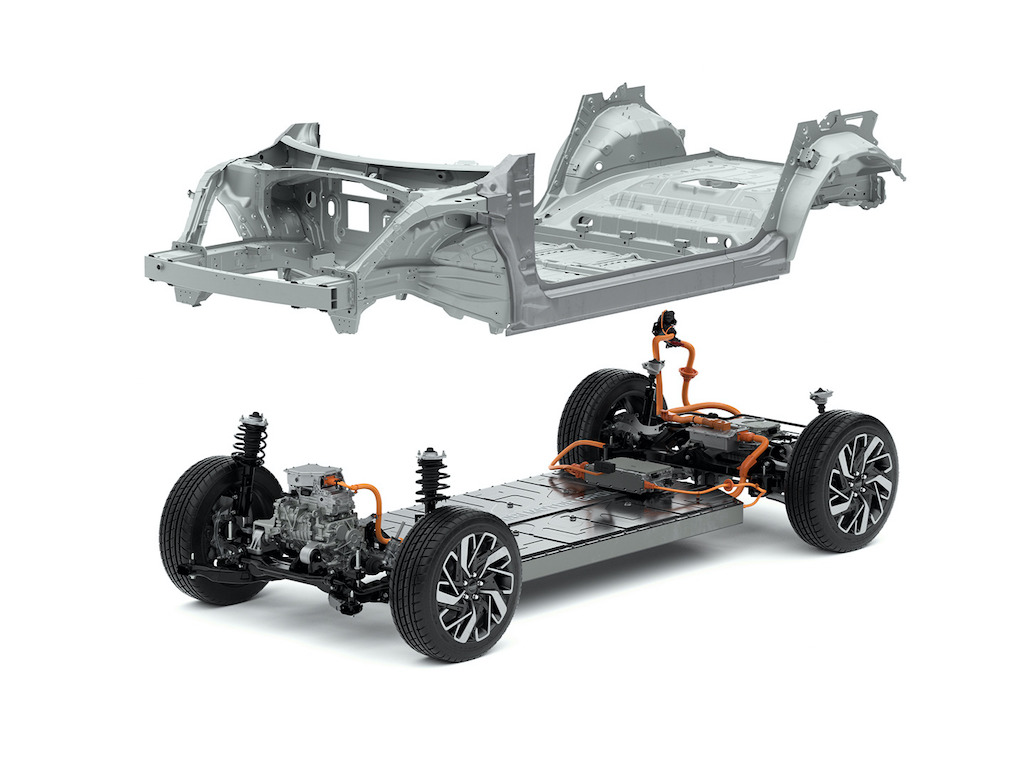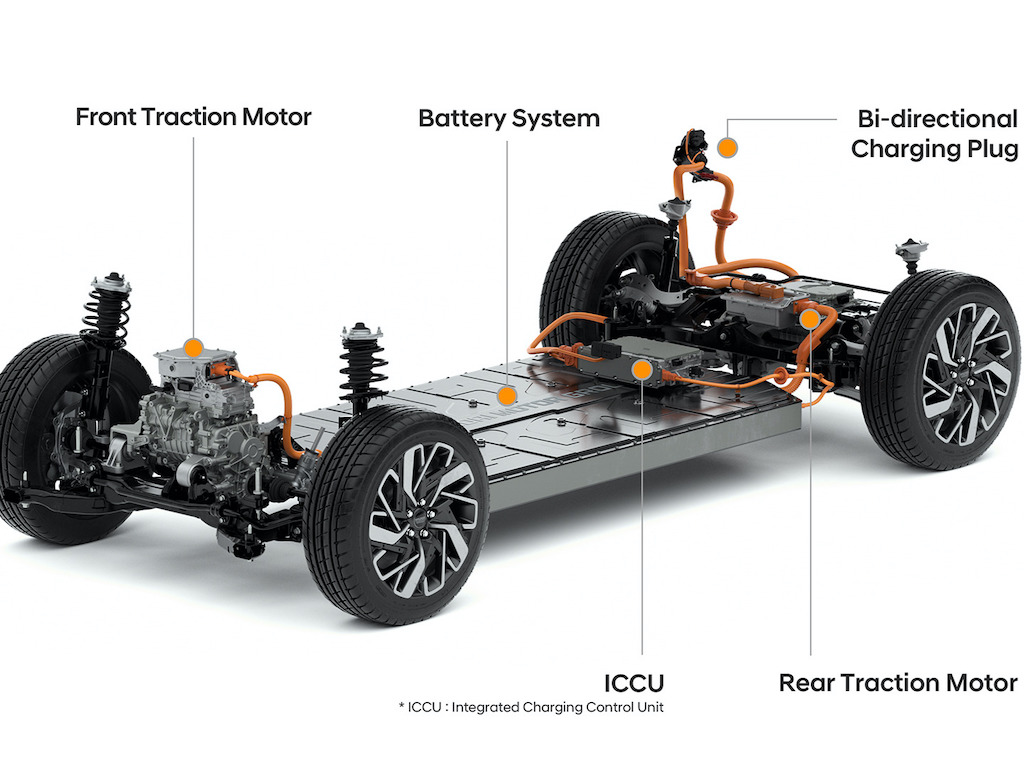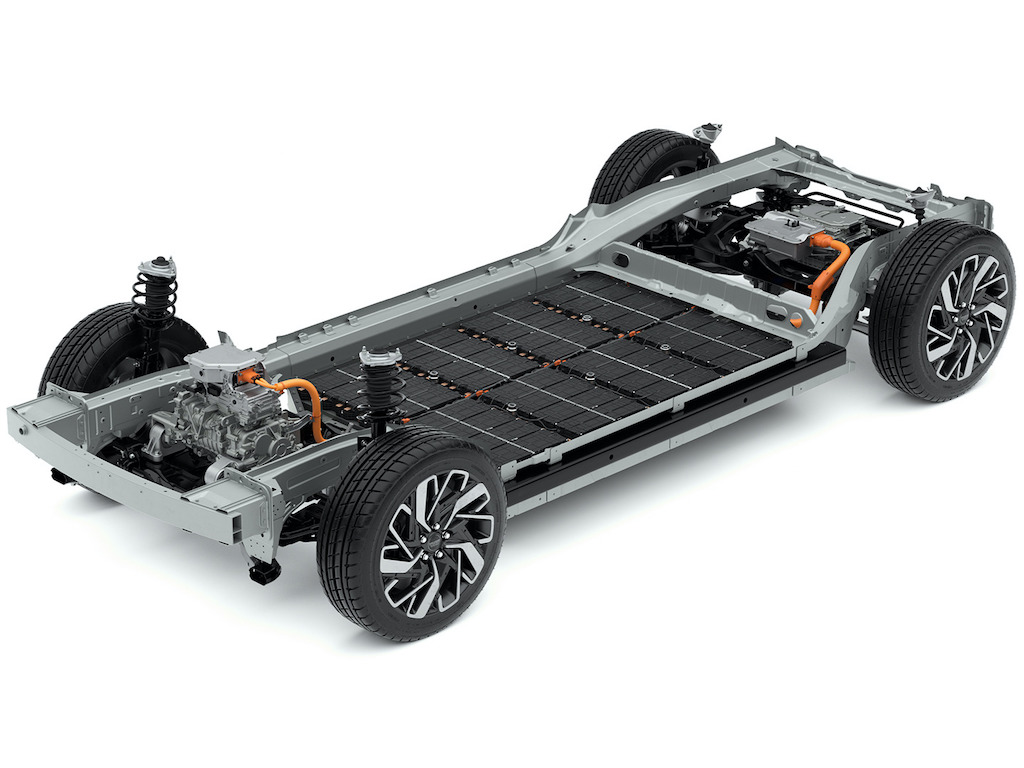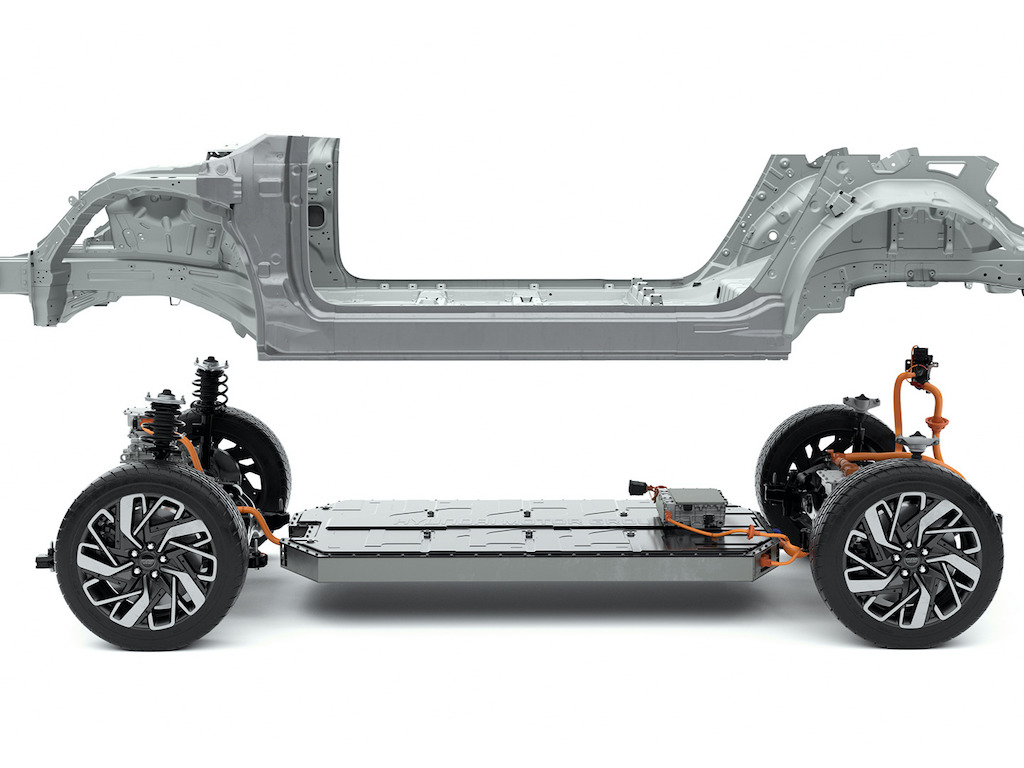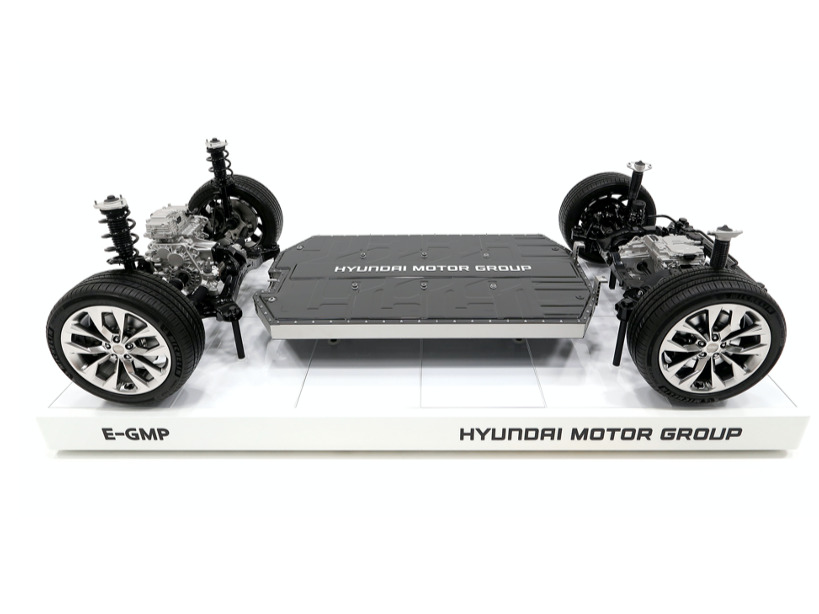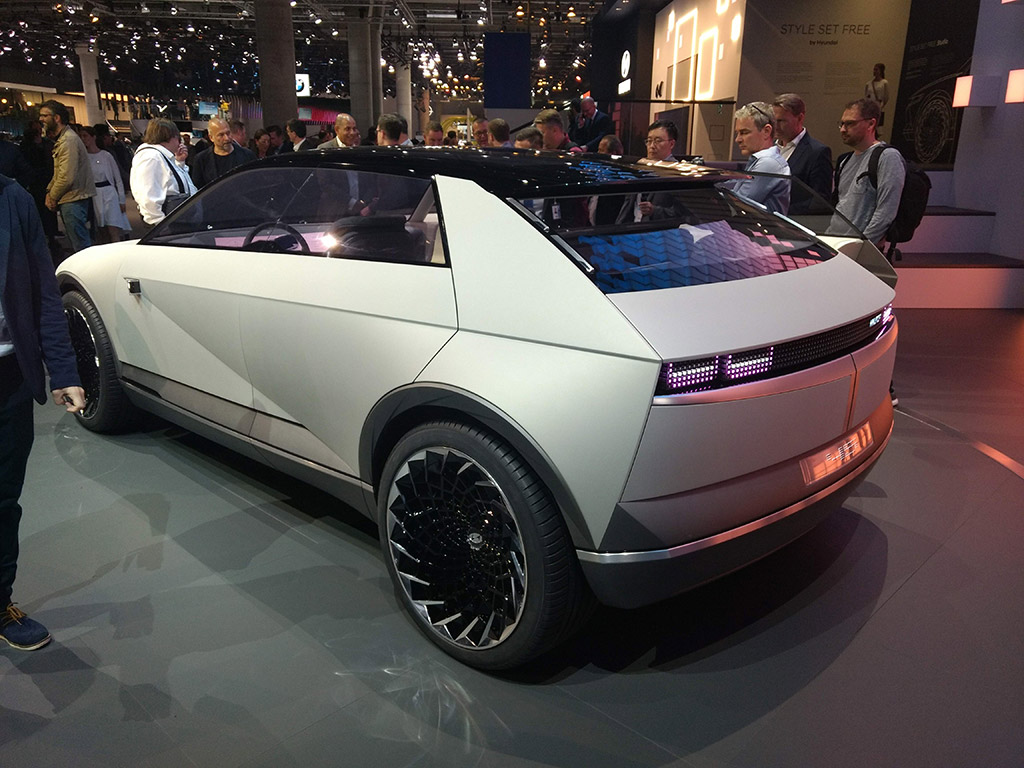Hyundai-Kia boosts EV roll-out with dedicated platform
Hyundai Motor Group (HMG) is accelerating its electrification plans from next year with a dedicated, modular electric vehicle platform, providing more than 300 miles of range, short charging times and a foundation for other manufacturers to develop new models too.
- Hyundai 45 EV Concept
The Electric-Global Modular Platform (E-GMP) will be used first on the Hyundai Ioniq 5 SUV, previewed as the ‘45’ concept last year and scheduled to launch in Europe next spring. It uses the increasingly common ‘skateboard’ layout, with a scalable battery pack under the cabin and drive motors either at the rear or both axles.
By standardising components such as battery modules and the drive units, the group is hoping to reduce the cost and complexity of bringing new models to market. It includes new battery technology with a claimed 10% improvement in energy density, which reduces the weight for a given energy capacity, and new semiconductors which improve drivetrain efficiency by 2-3% and extend the range by 5%.
Depending on the application, vehicles will provide a range of more than 310 miles with 240kW DC charging capability, restoring 60 miles in five minutes or 80% of the range in 18 minutes. The platform also features an electrical outlet for power tools and can charge other electric cars at up to 3.5kW, which is similar to a domestic wallbox.
According to Albert Biermann, head of the group’s R&D Division, at least 11 global models will be based on the new platform by 2025, comprising C-, D- and E-segment saloons and SUVs across the Hyundai, Kia and luxury Genesis model ranges. This includes a 600bhp high-performance car and autonomous ‘robotaxis’ developed as part of its joint venture with automotive technology company Aptiv.
Despite introducing a long-range EV platform, hydrogen fuel cell development is ongoing while smaller models will continue to use front-wheel drive architectures, which are also designed for hybrid and combustion engine powertrains, Biermann explained.
“With a front-wheel drive architecture, the high-performance driving talent is maybe a bit more limited. [E-GMP] can be a very high-performance platform, it can also be very efficient but we are working on some interesting high-performance applications. This is why we decided to have the main motor at the rear,” he said.
“We are starting [production] in [South] Korea, but depending on the market situation we might also consider regional factories. We have a global footprint, and we might also go into other regions for E-GMP manufacturing. If one of our competitors wants to [share] the platform [for their products], we are [also] open for discussions about collaboration.”

